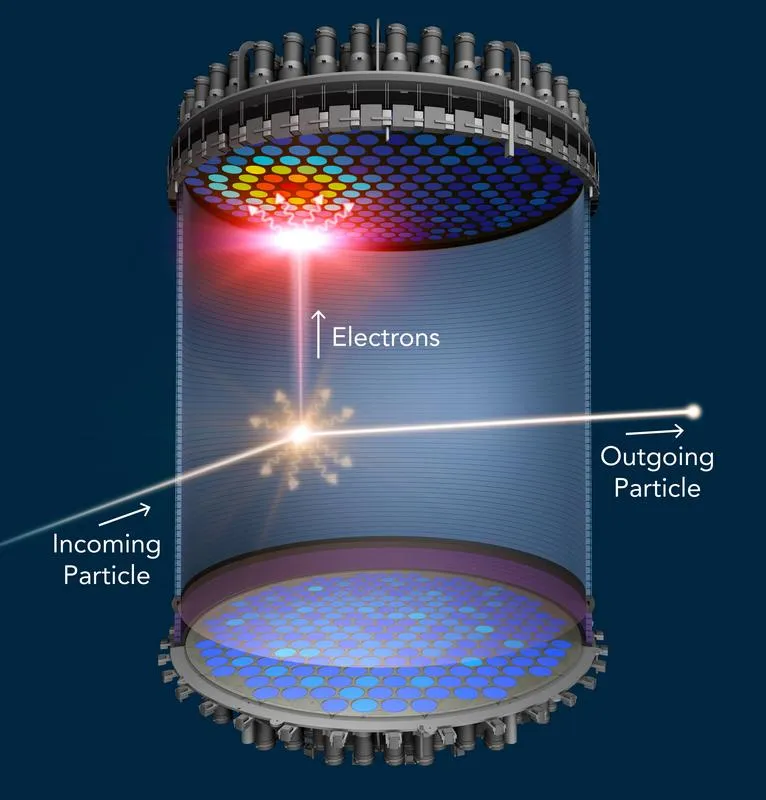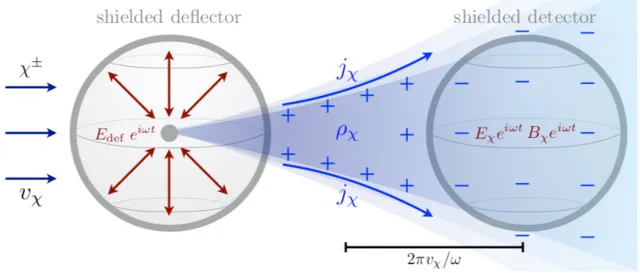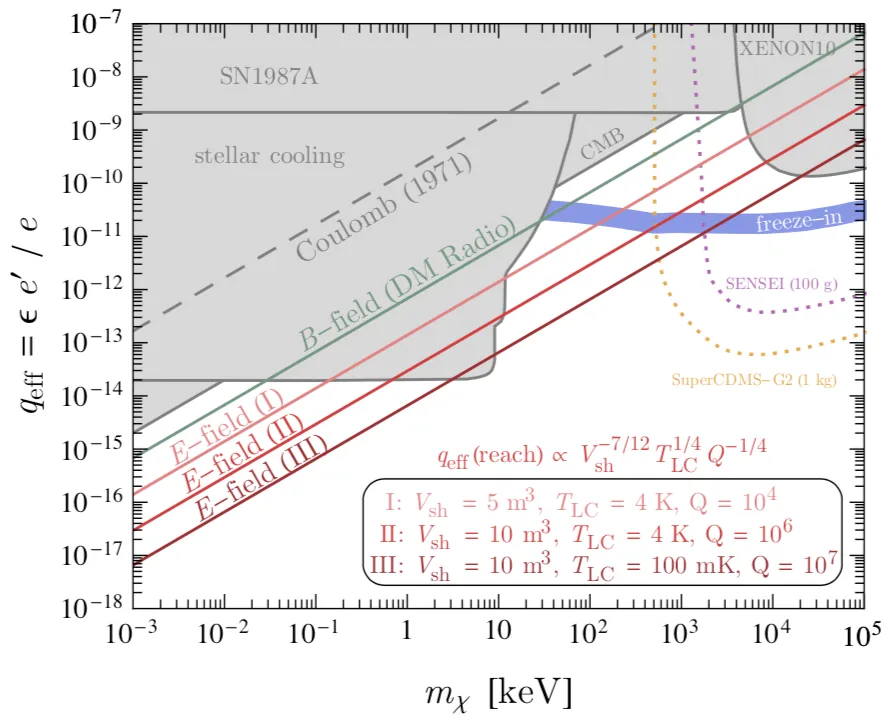Dark matter is one of the greatest mysteries of particle physics. Standard cosmology tells us that it should exist, but it still evades direct detection on Earth.

[image credits: Illustris Collaboration (CC BY-SA 4.0)]
We consequently have very little information on the nature of dark matter, so that it could be mostly anything physicists may dream of (after accounting for various experimental constraints).
In particular, the dark matter mass can range from one billionth (or even less) of the proton mass to macroscopic values (such as a planet mass).
And this is a practical problem.
One indeed needs to rely on different techniques to track it on Earth, depending on the considered mass range.
Tracking dark matter on Earth
The idea behind dark matter direct detection on Earth relies on the dark matter wind going through our planet. The existence of this wind implies that dark matter particles will go through any detector and possibly leave some signature in there.
One of the golden option to explain cosmology with dark matter consists in WIMPs. Those are particles of masses of about 10-1000 times the proton mass that weakly (i.e. rarely) interact with normal matter.

[image credits: SLAC]
Once in a while, a WIMP is expected to hit one of the constituents of a potential dark matter detector, that then recoils. Such a recoil being recorded, physicists can conclude about what happened and reconstruct the dark matter properties.
However, dark matter could also be much lighter and not energetic enough to generate any recoil. In this case, its density has to be much larger to explain cosmology, so that combined effects of the more packed dark particles could be used for detection.
But dark matter could also be quite different. Other techniques may help here.
Millicharged dark matter
By definition, dark matter does not interact electromagnetically and is electrically neutral. However, in theories featuring an entire dark sector with many dark particles and forces, dark matter can be millicharged. It has in this case a tiny electric charge of about 10-7-10-14 times the electron charge.

[image credits: arxiv ]
In a recent publication, a novel way to detect millicharged dark matter has been proposed.
The dark matter wind blowing in the Milky Way (the horizontal arrows on the left of the figure) blows on a deflector (the sphere on the left in the figure).
Such as device yields electromagnetic currents (in blue between the two spheres) whose magnitude is proportional to the dark matter electric charge. Those ‘millicurrents’ being thus of a tiny magnitude, they rarely induce any interaction so that they could penetrate an electromagnetic shielding.
This is the key of the proposal: the millicurrents could penetrate a detector shielded from any ambiant radiation and leave some signal in there (the rightmost sphere on the above figure). The figure below depicts the expected sensitivity on dark matter.

[image credits: arxiv ]
The y-axis represents the value of the dark matter electric charge (in terms of the electron charge), and the x-axis its mass (511 keV corresponds to the electron mass).
The grey areas are excluded by current experiments, whilst the dotted lines represent the sensitivity of several future experiments. Using the setup described above provides sensitivity to the area above the diagonal red lines.
Take-home message
Dark matter could possess a tiny electric charge. Current experiments can in principle probe this idea, but in a quite limited fashion (the grey areas on the last figure). In this post, I have discussed a new proposal relying on electromagnetic deflectors and shielded detectors to improve the sensitivity to this class of dark matter secnarios, as visible from the red lines in the above figure.
As the dark matter nature is unknown, physicists must make sure to cover all options! Another one has been considered here…
PS: This article has been formatted for the steemstem.io front-end. Please see here for a better reading.
SteemSTEM
SteemSTEM aims to make Steem a better place for Science, Technology, Engineering and Mathematics (STEM) and to build a science communication platform on Steem.
Make sure to follow SteemSTEM on steemstem.io, Steemit, Facebook, Twitter and Instagram. Please also consider supporting our witness (@stem.witness) or delegating to @steemstem for a ROI of 65% of our curation rewards.